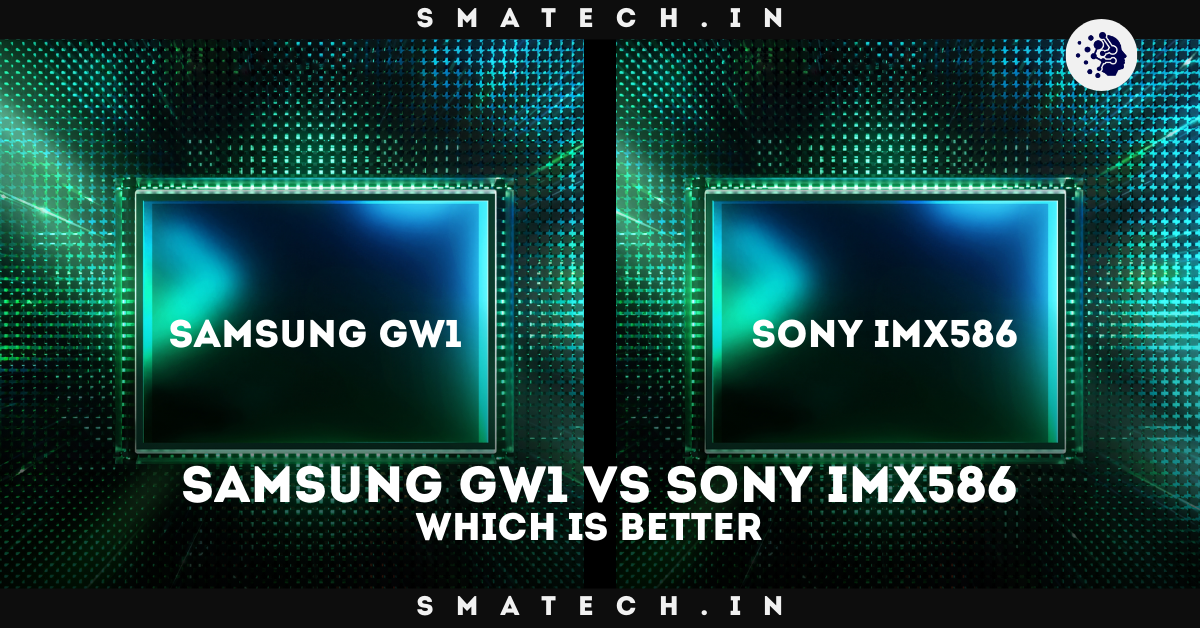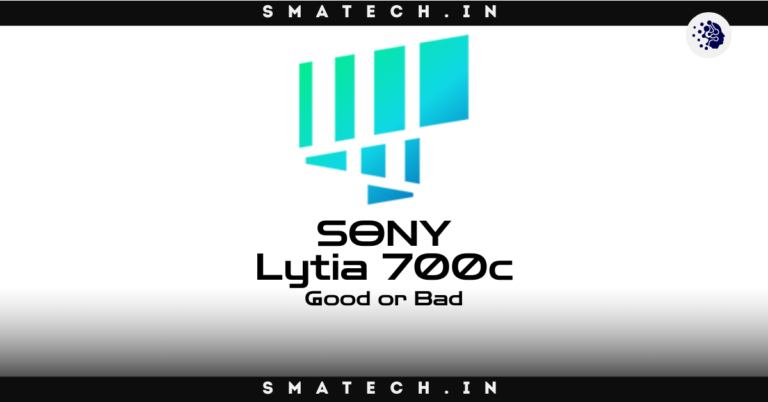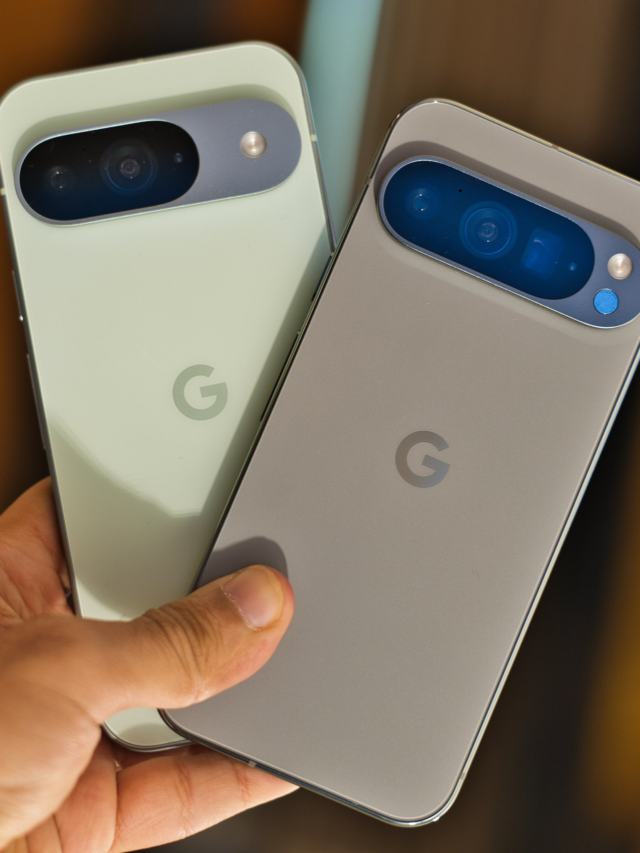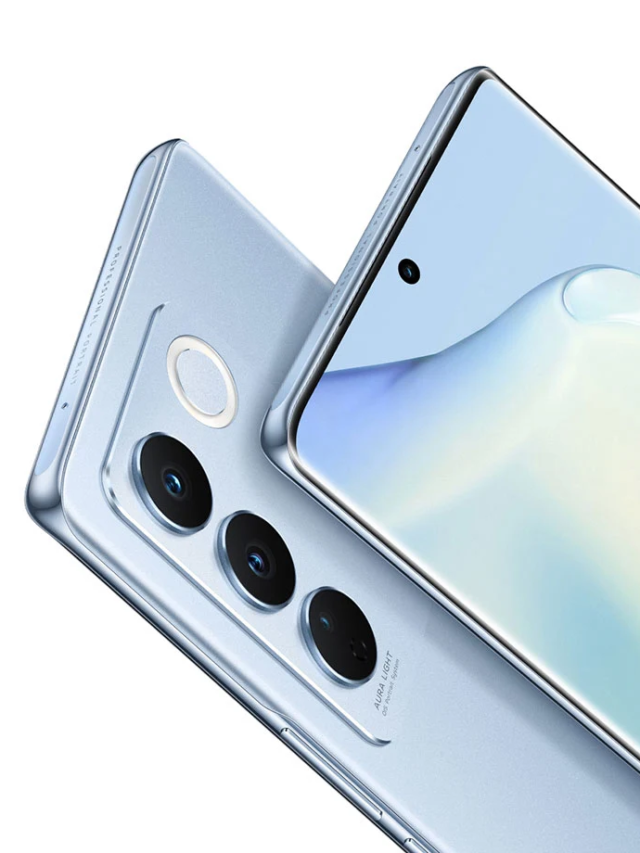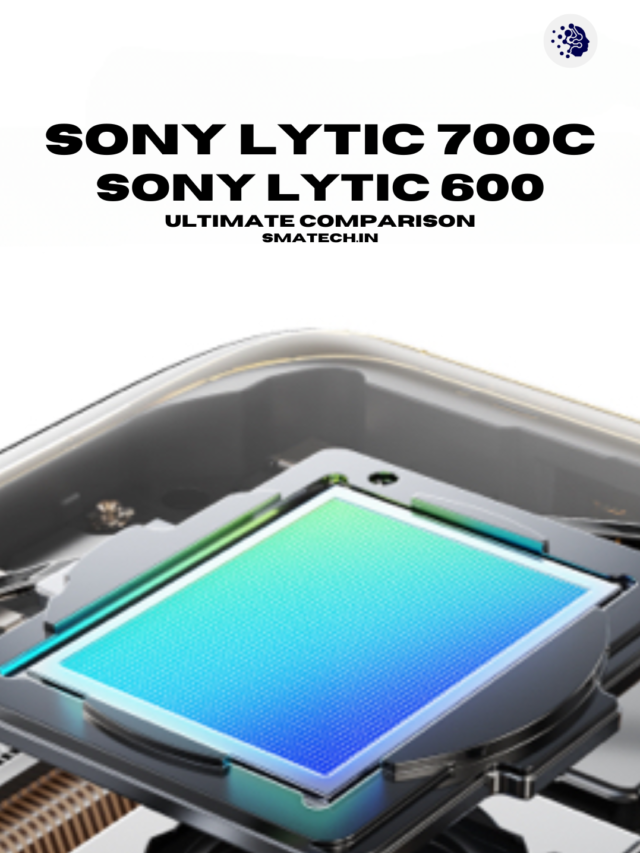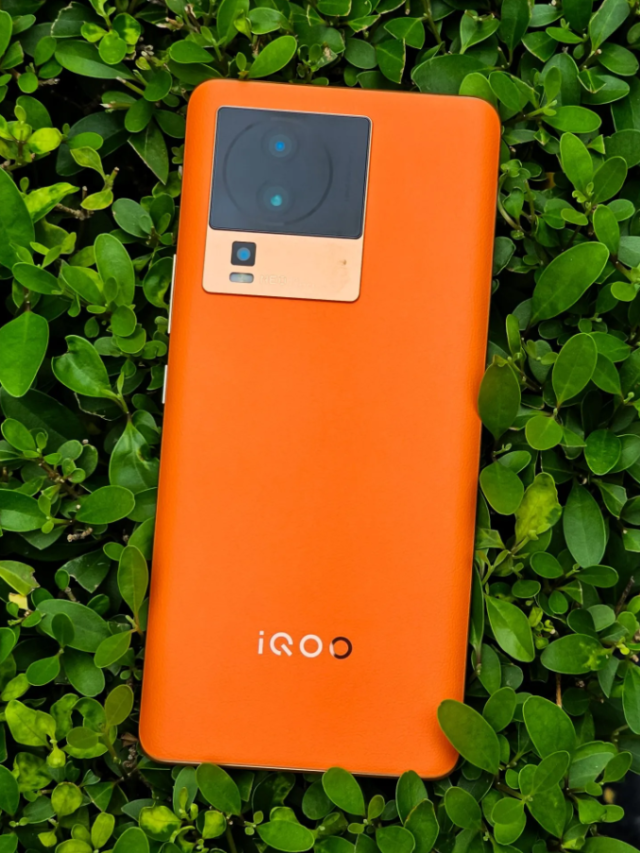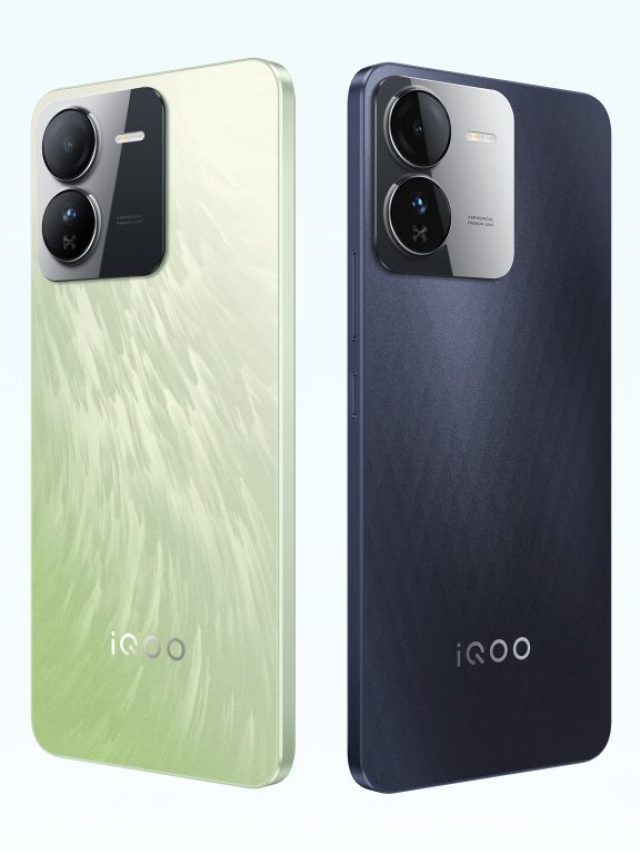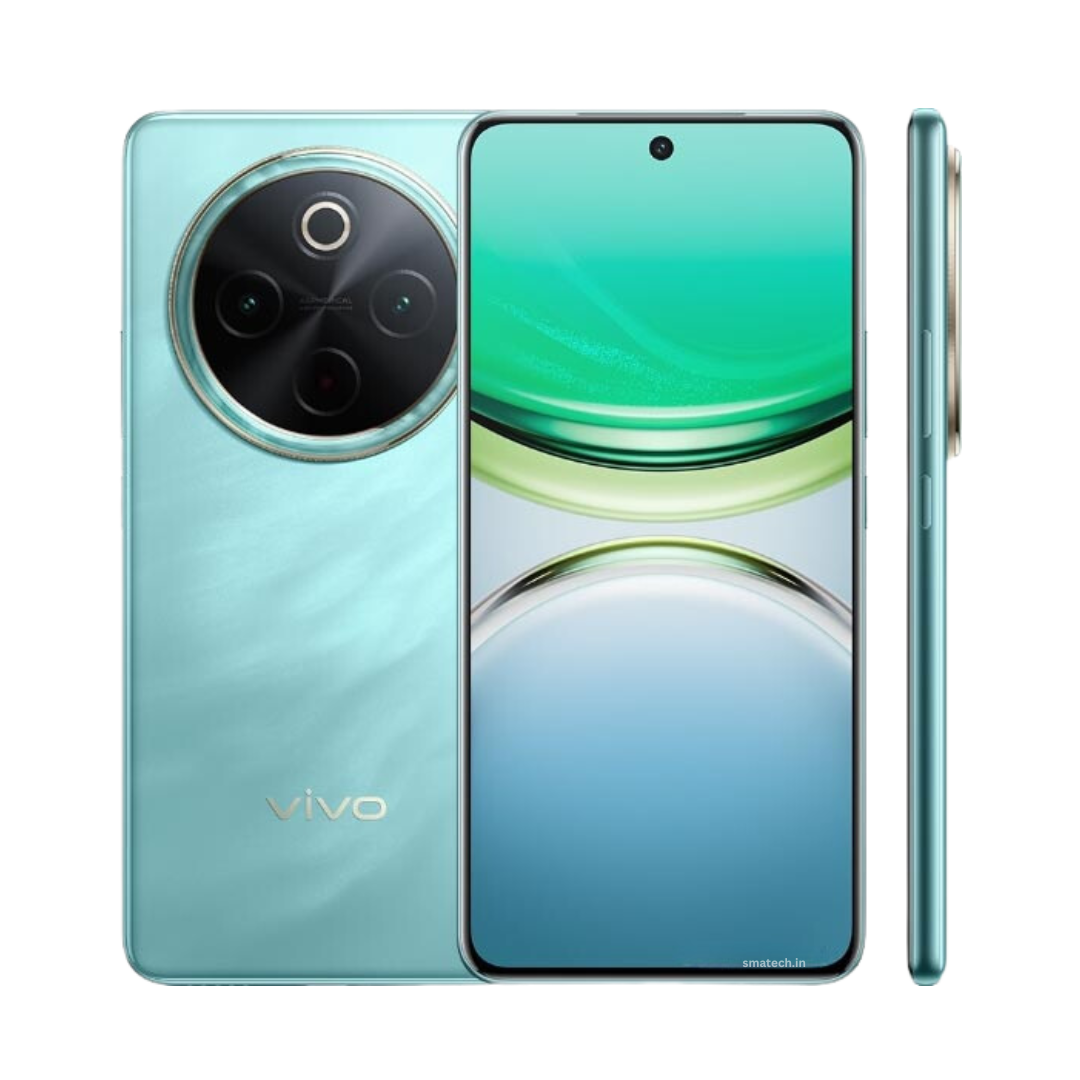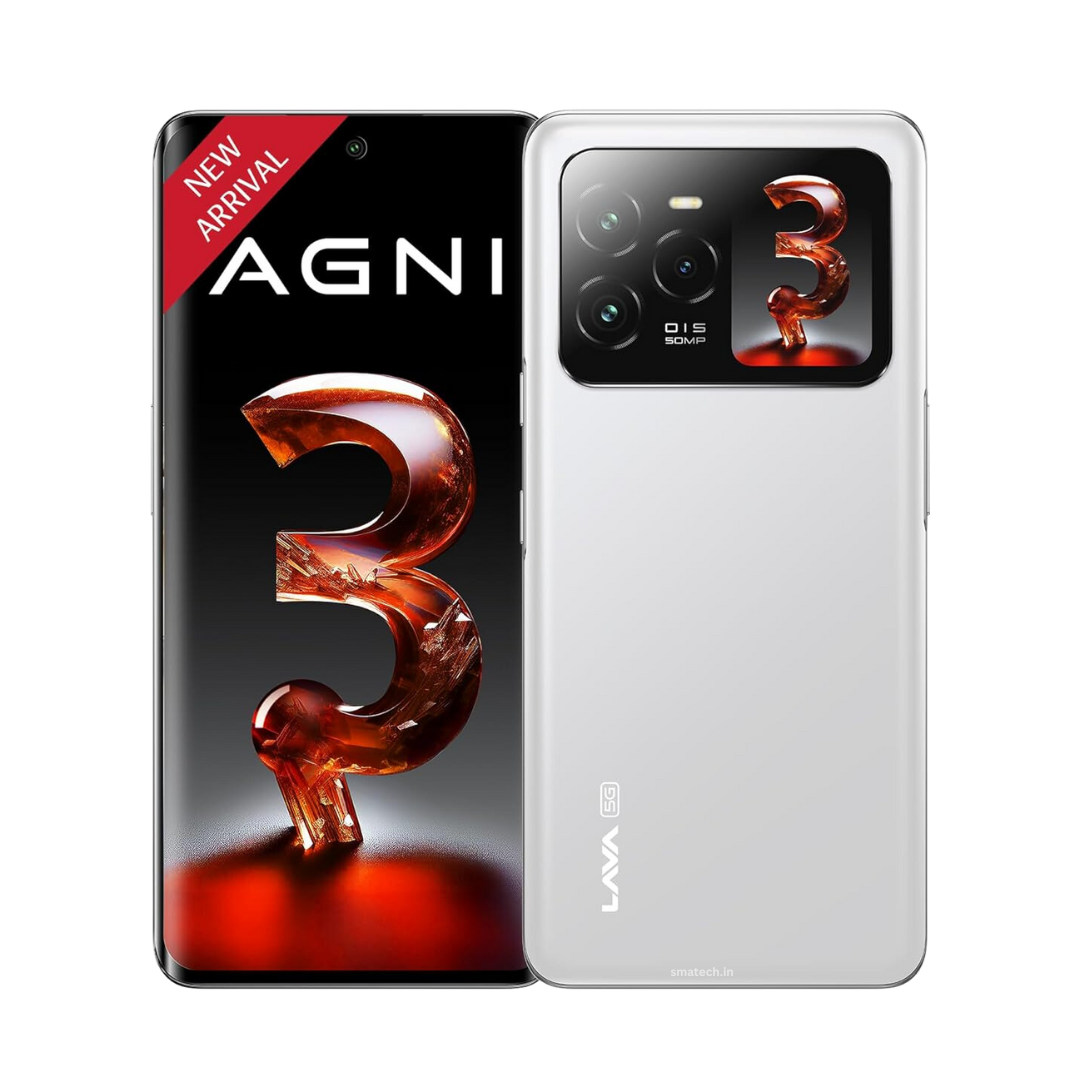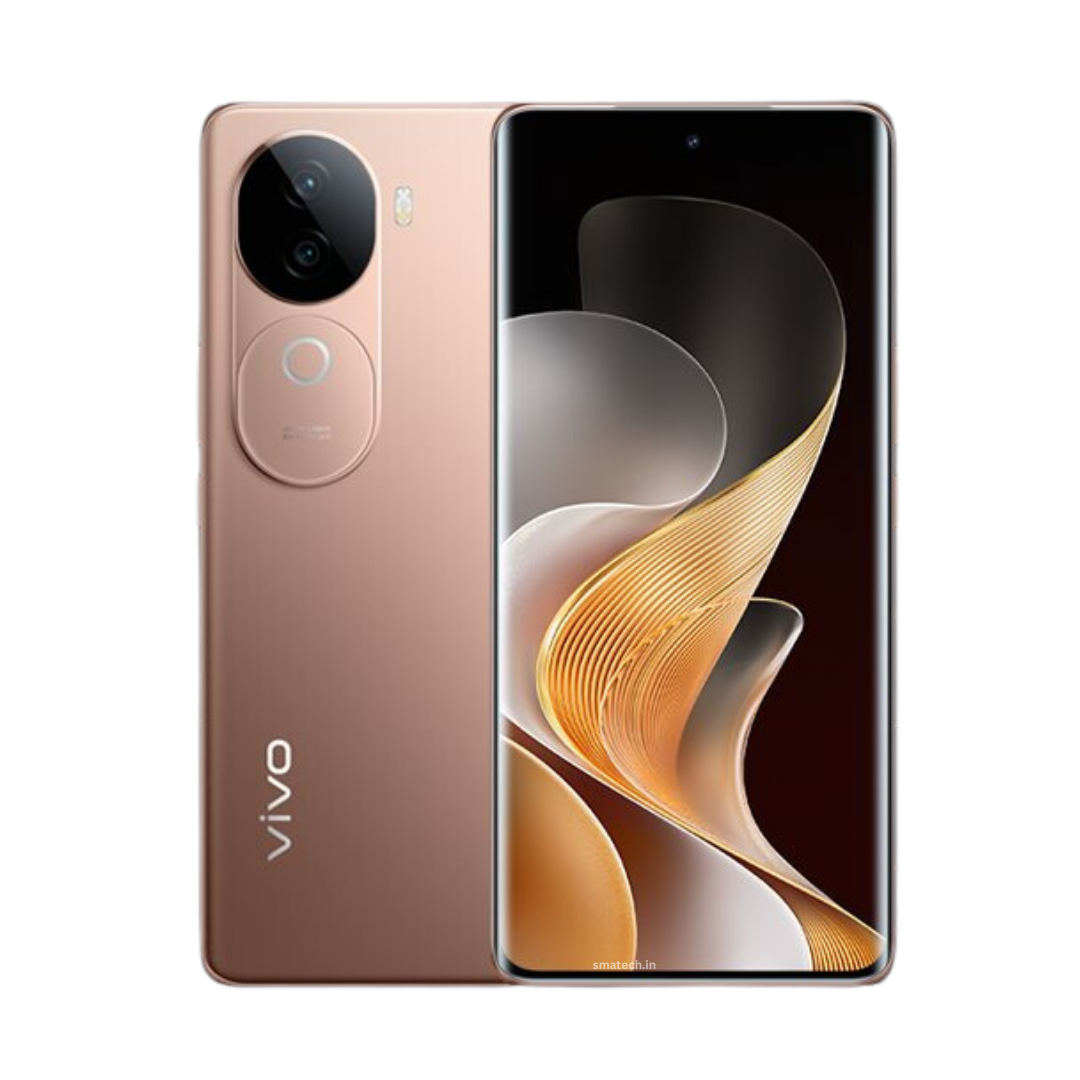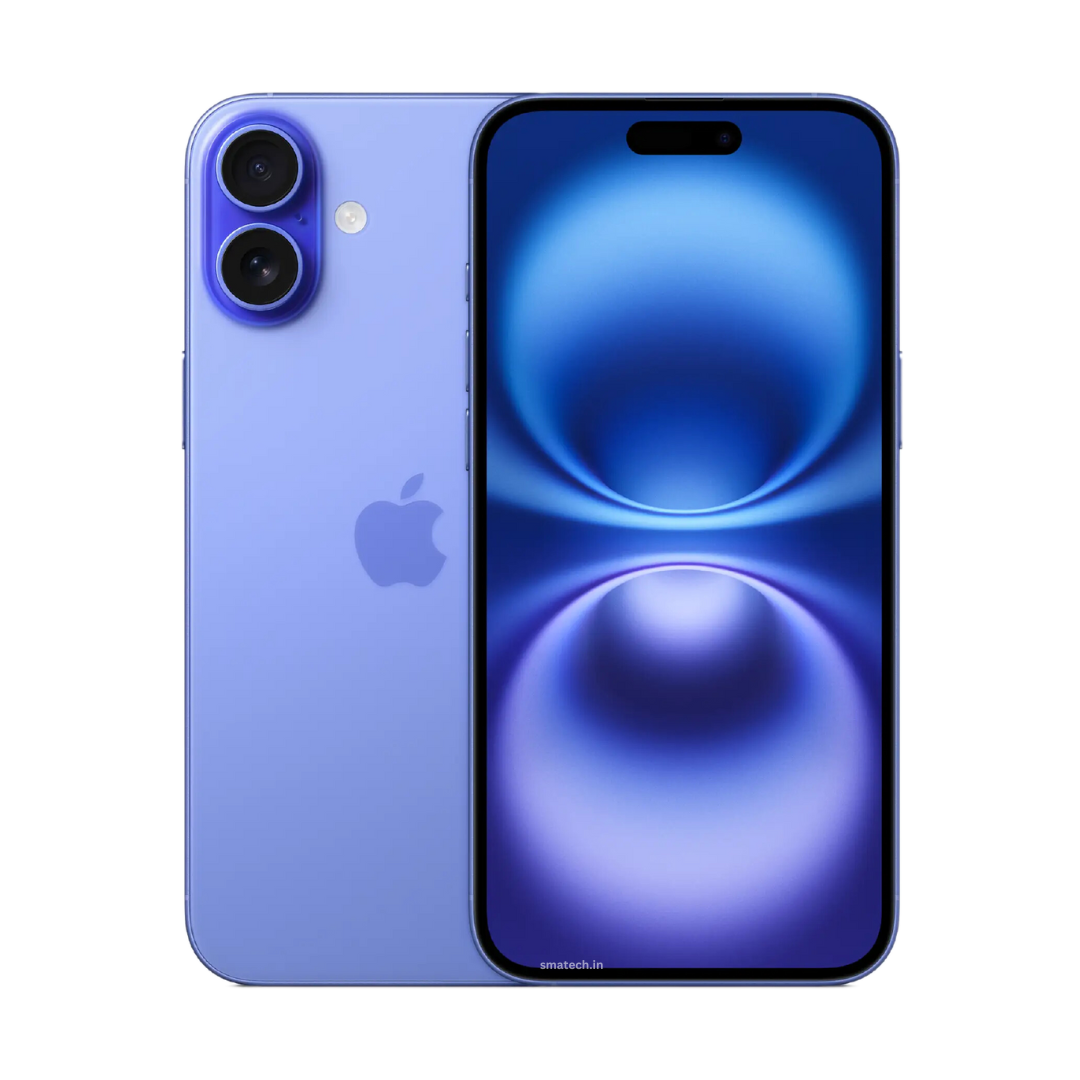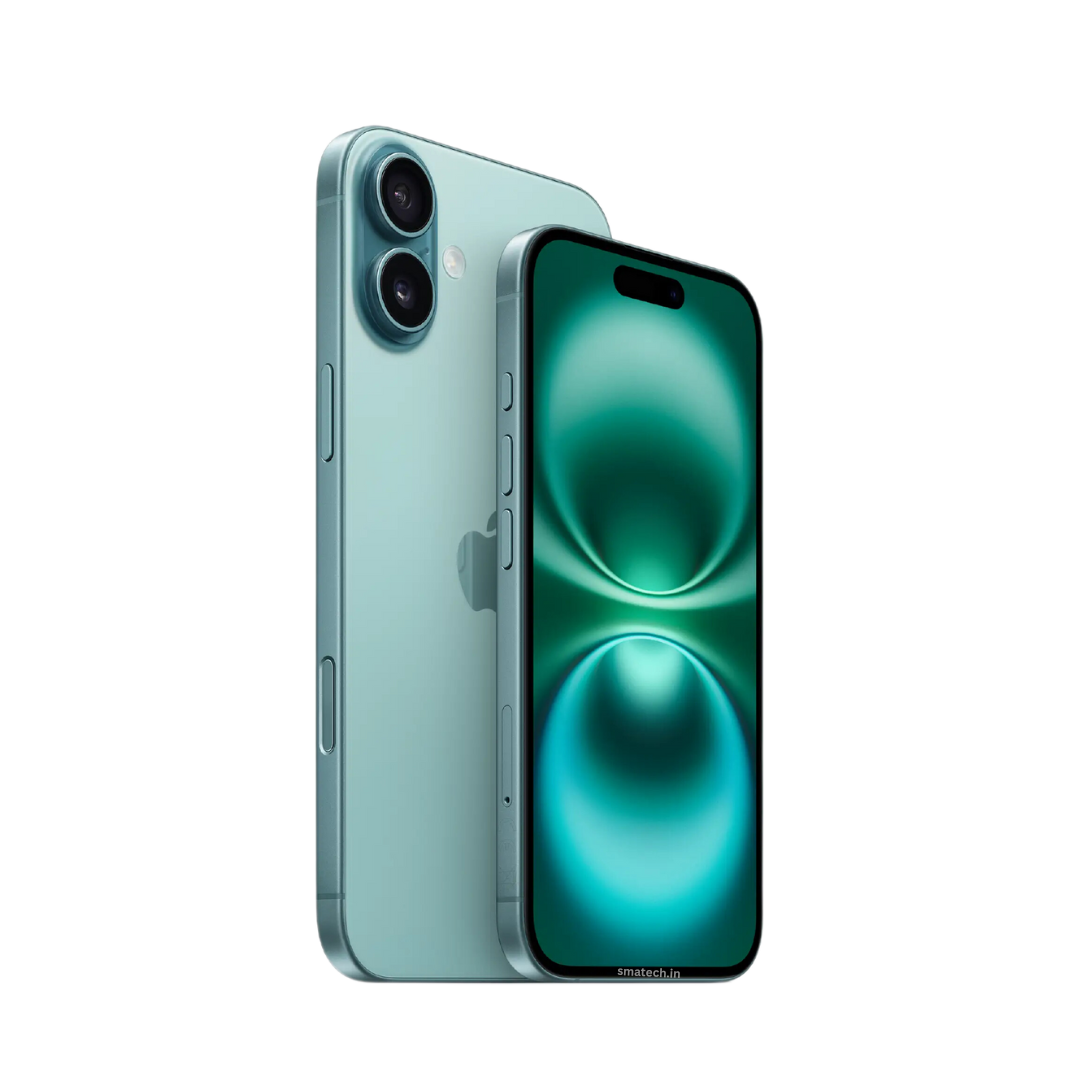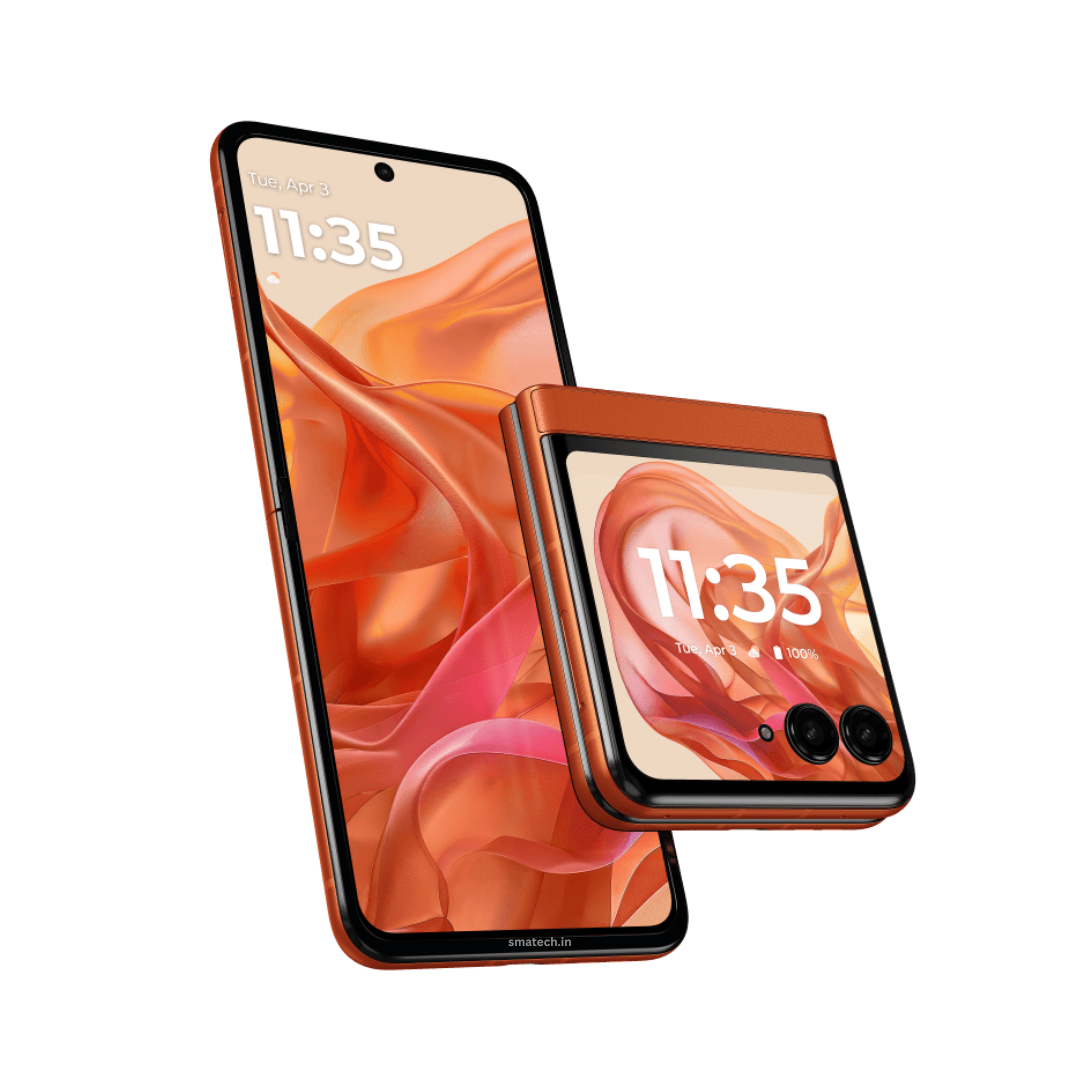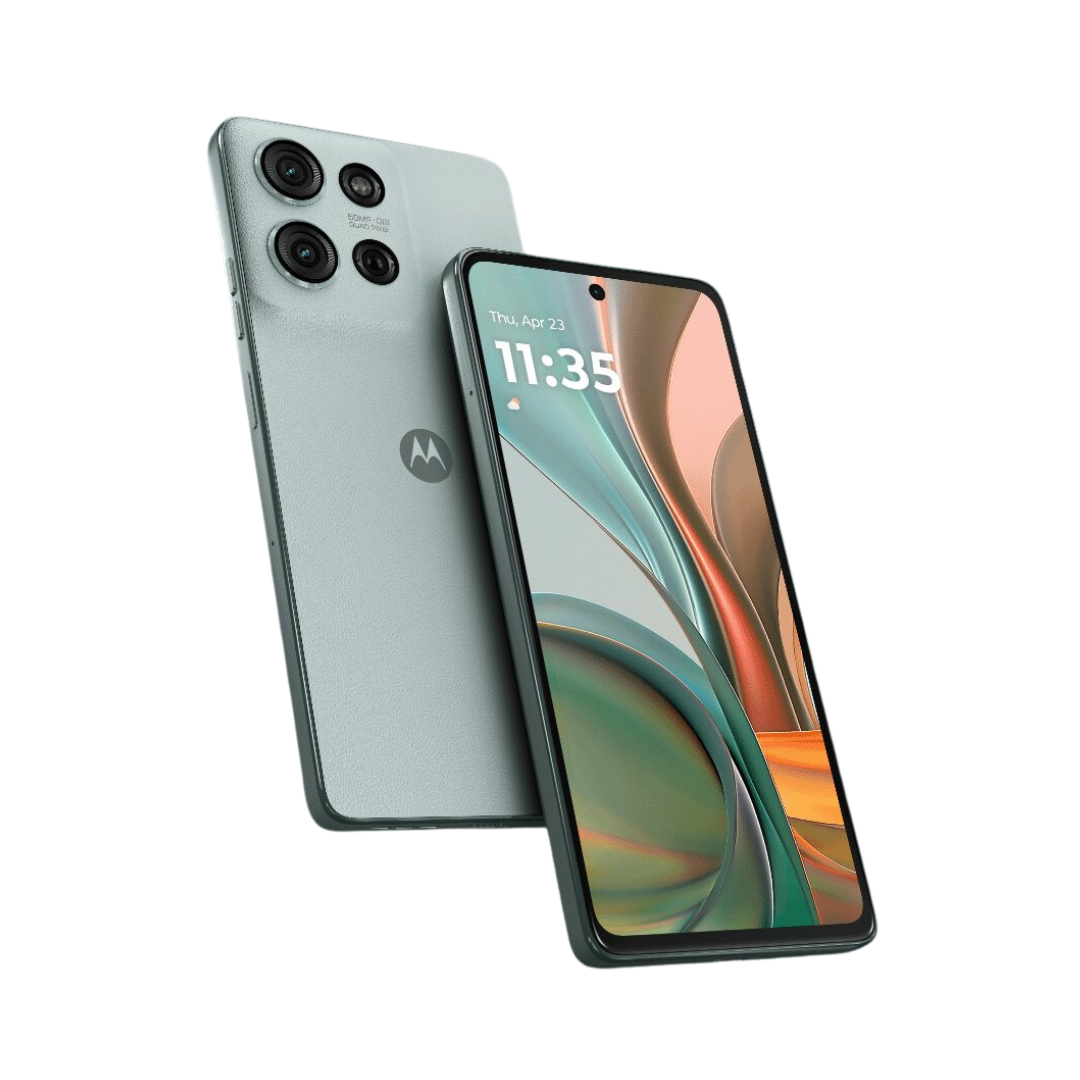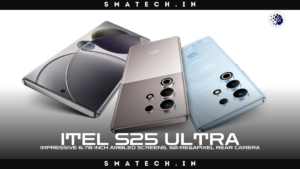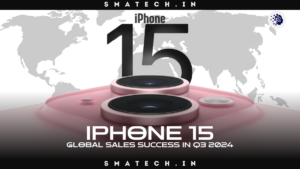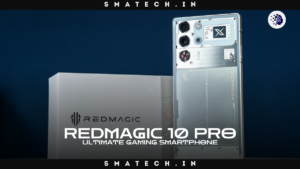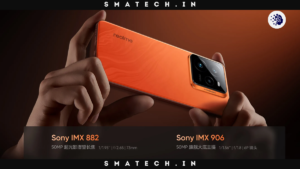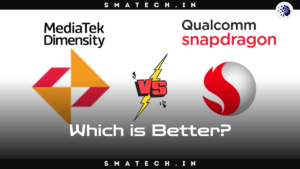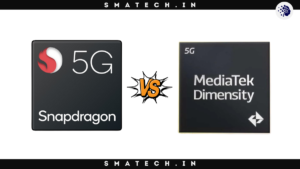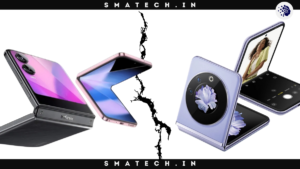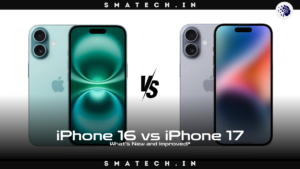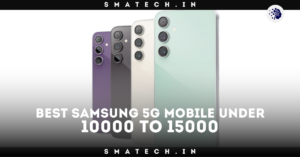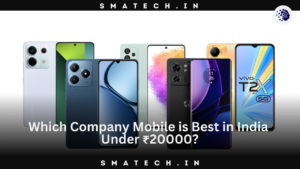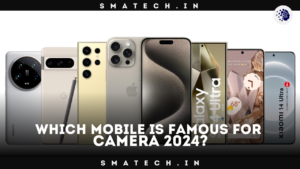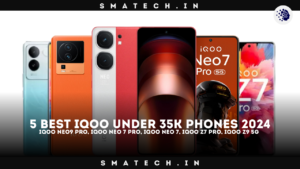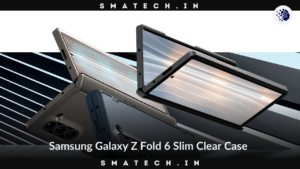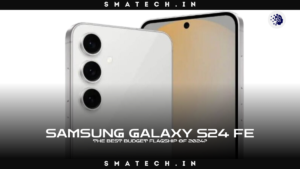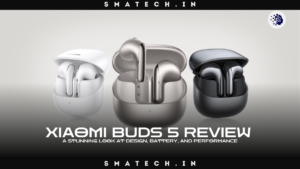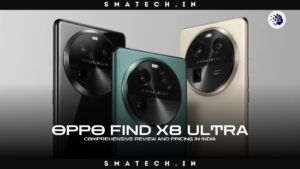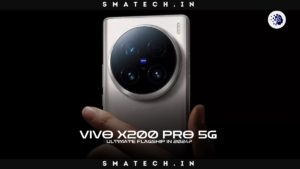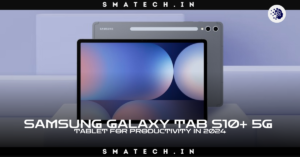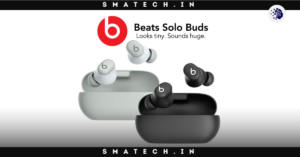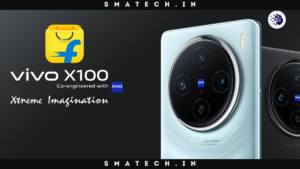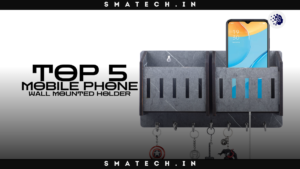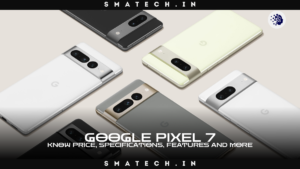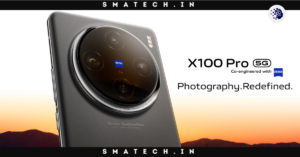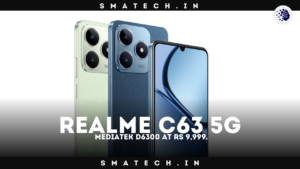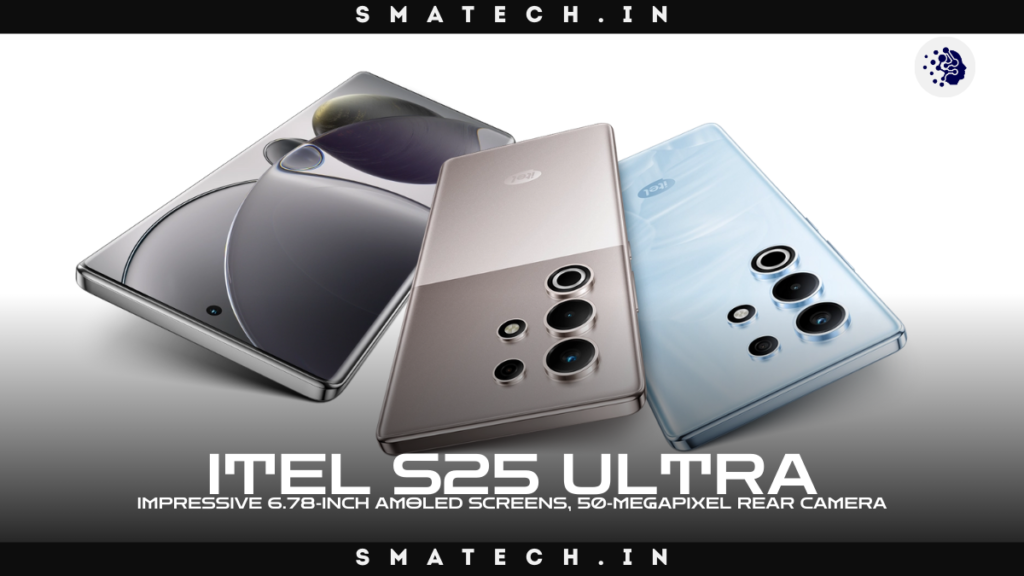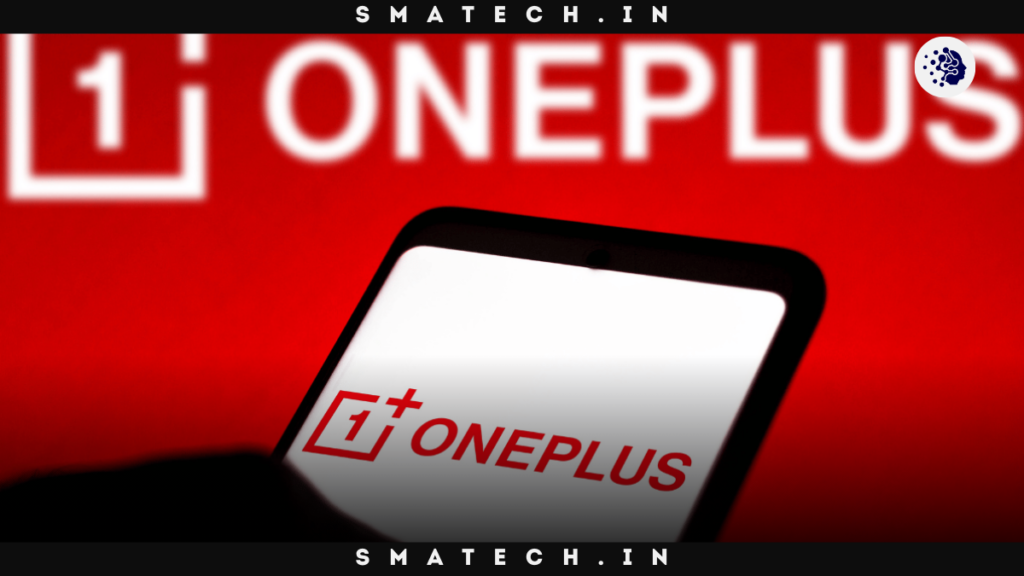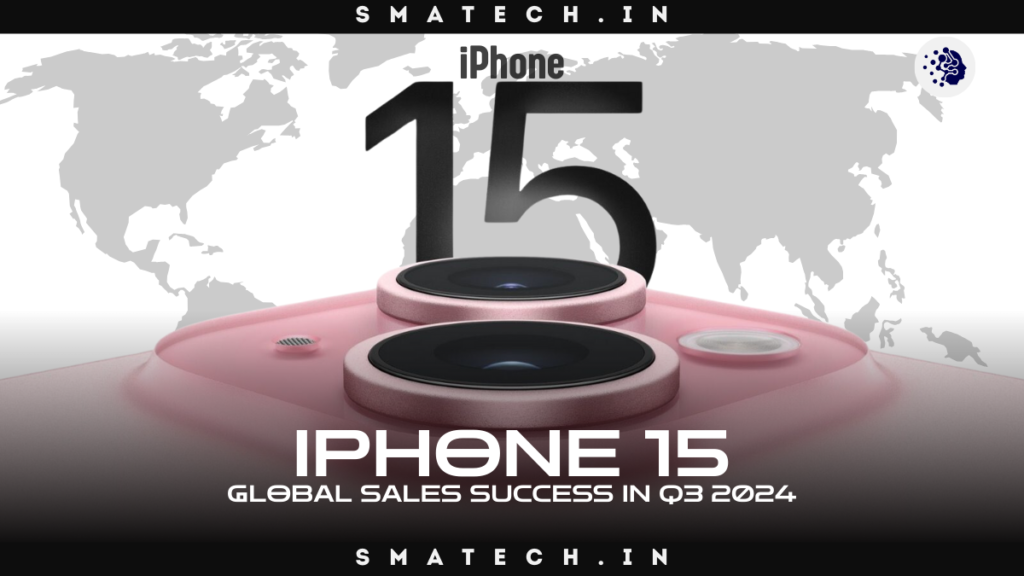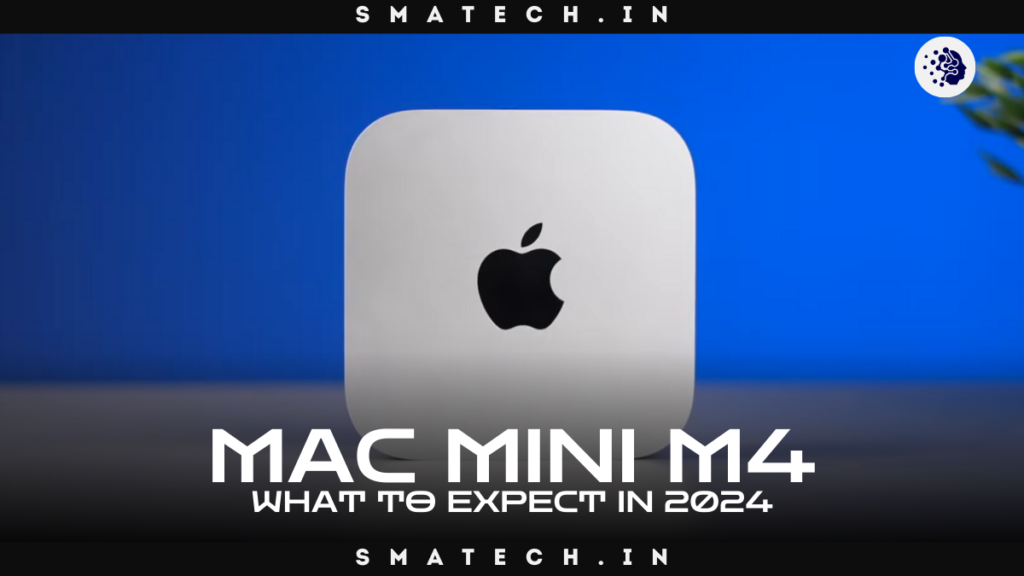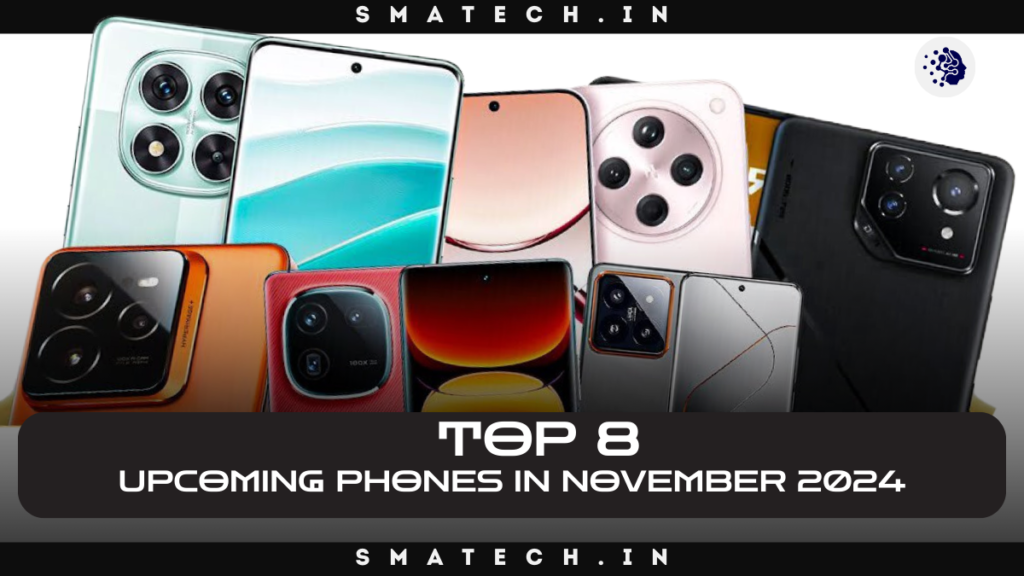The camera sensor that is selected can have a big influence on the quality of the photos that are taken in the constantly changing world of smartphone photography. The Sony IMX586 sensor and the Samsung GW1 sensor are two of the leading competitors in this field. In order to decide which of these two camera sensors is better suited for smartphone photography, this article compares them thoroughly, looking at a number of factors like image quality, low-light performance, sensor specifications, and more. Samsung GW1 Sensor vs Sony IMX586 Which is Better?
Understanding the Basics: Samsung GW1 Sensor Overview
With an astounding 64-megapixel resolution, the Samsung GW1 sensor is among the most sophisticated sensors available. It has pixel binning technology, which combines many pixels to improve the quality of the image, especially in low light. The 1/1.72 inches size of this sensor enables it to gather more light, which is essential for preserving image clarity.
Key Features of the Samsung GW1 Sensor
- Pixel Size: The sensor’s light sensitivity and overall image quality are improved by the 0.8 microns size of each pixel.
- Night Mode Performance: Even in difficult lighting situations, the GW1 shines in night mode, capturing detailed and brilliant photographs.
- HDR Capabilities: With its capability for sophisticated HDR processing, users can record a wider variety of hues and contrasts.
Exploring the Sony IMX586 Sensor
With a 48-megapixel resolution, the Sony IMX586 sensor is another strong competitor in the smartphone camera industry. Despite having less pixels than the GW1, it makes up for it with improved sensor technology and design.
Related Post
Key Features of the Sony IMX586 Sensor
- Pixel Size: Like the GW1, the IMX586 has 0.8-micron pixels, which enable ISO performance and efficient light capture.
- Low-Light Performance: Because of its dual native ISO technology, this sensor is renowned for its outstanding low-light performance.
- Autofocus Technology: To guarantee rapid and precise focusing in a range of lighting conditions, the IMX586 makes use of phase detection autofocus (PDAF).
Camera Sensor Comparison: Image Quality
Both sensors function flawlessly when measuring image quality, although they have different qualities.
Color Accuracy and Clarity
- Samsung GW1: Customers frequently compliment the GW1 on its superb image clarity and vivid colors. Pixel binning makes colors pop in daytime photos by successfully enhancing detail.
- Sony IMX586: On the other hand, especially in HDR settings, the IMX586 tends to generate more realistic colors and dynamic range. It retains good color fidelity under difficult lighting circumstances.
Low-Light Performance
Samsung GW1: The GW1 performs exceptionally well in night mode, however some users have noticed a little greater noise level at higher ISO settings when compared to the IMX586. Samsung GW1 Sensor vs Sony IMX586 Which is Better?
- Sony IMX586: This camera is a favorite of photographers who often take shots in dimly lit areas because it performs brilliantly in low light, producing stunning pictures with little noise.
Sensor Specifications: A Closer Look
Resolution and Pixel Technology
| Feature | Samsung GW1 | Sony IMX586 |
|---|---|---|
| Resolution | 64 MP | 48 MP |
| Pixel Size | 0.8 microns | 0.8 microns |
| Sensor Size | 1/1.72 inches | 1/2.0 inches |
Dynamic Range and HDR Capabilities
- Samsung GW1: The sensor’s HDR capabilities provide excellent dynamic range, capturing more detail in highlights and shadows.
- Sony IMX586: The IMX586 also features advanced HDR capabilities, offering impressive performance in high-contrast scenes.
Night Mode Performance: A Key Differentiator
When it comes to night photography, both sensors have their strengths, but the performance can vary based on user preferences and shooting conditions.
Samsung GW1 Night Mode
The GW1 utilizes pixel binning to combine data from four pixels into one, resulting in brighter images with reduced noise. This technology enhances the sensor’s ability to handle low-light scenarios effectively. Users have reported that the GW1 produces striking images with good detail and color accuracy in night mode, making it an excellent choice for nighttime photography. Samsung GW1 Sensor vs Sony IMX586 Which is Better?
Sony IMX586 Night Mode
The IMX586 leverages its dual native ISO technology to provide superior low-light performance. This technology enables the sensor to operate efficiently in various lighting conditions, allowing for better detail retention and noise reduction. The results are often more natural and lifelike, appealing to photographers seeking realistic representations of low-light environments. Samsung GW1 Sensor vs Sony IMX586 Which is Better?
User Reviews and Real-World Performance
Samsung GW1: Positive Feedback
Users have praised the Samsung GW1 sensor for its user-friendly night mode, vibrant color reproduction, and overall image quality. Many users report satisfaction with the sensor’s ability to capture detailed images in various lighting conditions, making it a popular choice among casual photographers. Samsung GW1 Sensor vs Sony IMX586 Which is Better?
Sony IMX586: Strong Performance in Low Light
The Sony IMX586 sensor has garnered favorable reviews for its low-light capabilities and color accuracy. Photographers appreciate the sensor’s ability to maintain detail and clarity, even in challenging situations. User reviews often highlight its exceptional performance in night mode, with many considering it a top contender for low-light photography. Samsung GW1 Sensor vs Sony IMX586 Which is Better?
Final Verdict: Which is Better?
When comparing the Samsung GW1 sensor and Sony IMX586 sensor, the decision ultimately comes down to personal photography preferences and intended use.
- If you prioritize resolution, vibrant colors, and a user-friendly night mode, the Samsung GW1 may be the ideal choice for you.
- Conversely, if you seek exceptional low-light performance, accurate color reproduction, and advanced autofocus technology, the Sony IMX586 could be the better option.
Conclusion: Making the Right Choice for Smartphone Photography
In the battle of the Samsung GW1 sensor vs Sony IMX586, both sensors bring unique strengths to the table. Understanding their specifications and performance characteristics is crucial in making an informed decision tailored to your photography needs. Whether you choose the vibrant GW1 or the versatile IMX586, both sensors promise to enhance your smartphone photography experience. Samsung GW1 Sensor vs Sony IMX586 Which is Better?
FAQs related to the Samsung GW1 Sensor vs Sony IMX586 Which is Better?
1. What is the main difference between the Samsung GW1 and Sony IMX586 sensors?
The Samsung GW1 features a higher resolution of 64 megapixels and utilizes pixel binning technology for improved low-light performance, while the Sony IMX586 has a resolution of 48 megapixels and excels in low-light conditions with its dual native ISO technology. The choice between them often depends on individual photography preferences and use cases.
2. Which sensor performs better in low-light conditions?
The Sony IMX586 is generally considered superior in low-light situations due to its dual native ISO technology, which minimizes noise and enhances image clarity. The Samsung GW1 also performs well in low light but may exhibit slightly more noise at higher ISO levels.
3. How does pixel size affect camera performance?
Pixel size plays a crucial role in a camera sensor’s ability to capture light. Both the Samsung GW1 and Sony IMX586 have 0.8-micron pixels, which help them perform well in various lighting conditions. Larger pixels can capture more light, resulting in better image quality, especially in low-light scenarios.
4. Can I use these sensors for night photography?
Yes, both the Samsung GW1 and Sony IMX586 are suitable for night photography. The GW1 utilizes pixel binning to improve image brightness and clarity, while the IMX586 offers advanced low-light performance and accurate color reproduction, making both sensors effective for capturing stunning night shots.
5. Which sensor is better for video recording?
Both sensors can deliver high-quality video recording, but the Sony IMX586 may have an edge due to its better low-light performance and HDR capabilities, which can enhance the dynamic range in video footage. Ultimately, the best choice will depend on the specific video recording features and settings offered by the smartphone utilizing these sensors.

